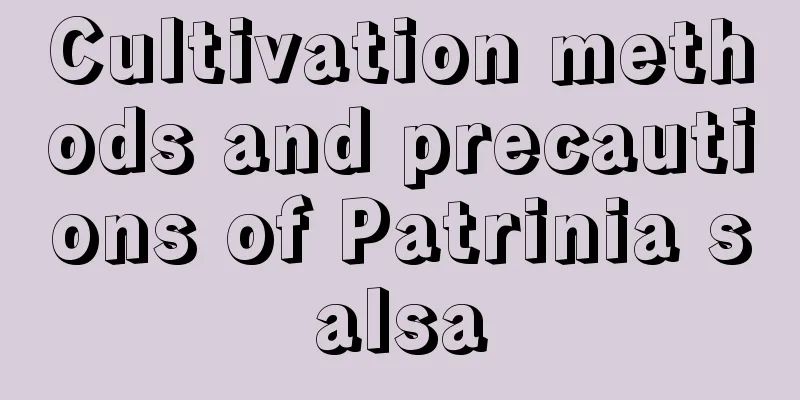Why is gardenia unlucky? What are its meanings and legends?

1. Why is it unlucky?Gardenia is a common ornamental plant in homes. Some people have rumored that it is unlucky to keep it at home. This is mainly because gardenia is pure white, without any other colors. Many elderly people think that it is bad and unlucky to keep white in the home. In fact, this kind of statement is unfounded, unscientific, and a superstitious statement. Gardenia can be safely grown at home. Its flowers are very beautiful and ornamental. They can also emit fragrance, making people happy and cheerful. They can also purify the air and improve air quality. If you don’t like its color, you can also place a few pots of brightly colored flowers next to it. 2. What are the meanings and legends?1. Meaning: The flower language of gardenia has many meanings, including joy, strength, lifelong protection and eternal love. The flower language has a very good meaning. 2. Legend: One of the legends about gardenia is related to the Seven Fairies. Legend has it that the fairies in the sky could not bear the loneliness in heaven and wanted to appreciate the beauty of the human world, so they came down to earth and turned into a flower tree. One day, a young farmer discovered this tree and took it home. The farmer took good care of the gardenia tree. In order to repay the farmers, the gardenias transformed into human forms during the day to help the farmers with laundry, cooking and housework, and turned into flowers at night to emit fragrance so that the farmers could sleep better. Therefore, the custom of planting gardenias spread. |
<<: Are tulips poisonous? Are they suitable for indoor cultivation?
>>: What harm does lacquer do to people?
Recommend
How to care for Daphne koreana in winter
Is Daphne koreana afraid of cold? The suitable te...
How to deal with root rot of white orchid
1. Proper watering Its roots are fleshy. If you w...
How to grow snow lotus
1. Breeding environment 1. Soil: Loose, humus-ric...
Is the yield of sweet tangerine and pomelo high? What is the yield per mu?
Is the yield of sweet tangerine and pomelo high? ...
Ginseng planting technology and cultivation management How to plant ginseng seeds and when to plant them
Ginseng is also known as yellow ginseng, goblin, ...
When do violets bloom?
1. Flowering time Generally speaking, violets blo...
How to grow Jade Dew in winter
1. Stay warm Jade plant is not a very cold-resist...
10 Lucky Flowers
1. Anthurium Anthurium is a highly ornamental flo...
Snapdragon Varieties
Common varieties of snapdragon: Flower Rain serie...
In which months are strawberries usually planted? Planting methods and time
Which month is suitable for planting strawberries...
What fruits are suitable for planting in Zhejiang? What fruits are produced in abundance?
Zhejiang is rich in fruits Zhejiang is a southern...
How to prune potted honeysuckle
Honeysuckle pruning time It is generally best to ...
How to grow night succulents
The succulent Quiet Night is a succulent plant of...
The efficacy and function of Mirabilis jalapa root
1. It can reduce inflammation and relieve pain It...
How often should I water the pine?
How often should I water the pine? Vinca is suita...









